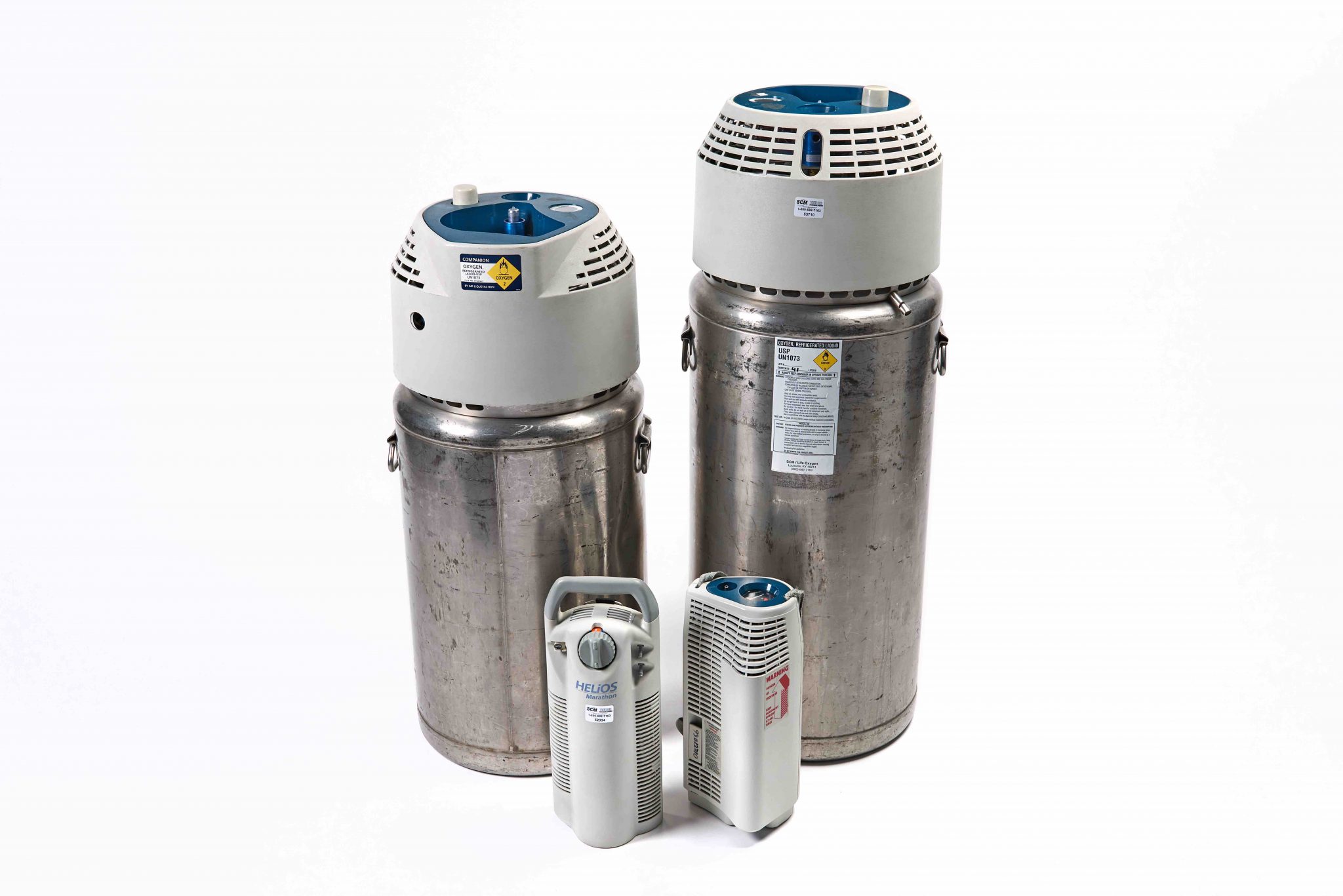

Also, oxygen cylinders are heavy and can be quickly consumed, so transport and refilling can pose logistical challenges.Ĭylinder sizes can be confusing, as there is no universal standard in use worldwide. However, oxygen cylinders still require a host of fittings and accessories to control oxygen flow, pressure, and humidity (see this article on oxygen connections for more information). For this reason, oxygen cylinders are often the primary and/or backup source of oxygen for clinical sites with unreliable electricity. One distinct advantage of oxygen cylinders (especially in resource limited settings) is that they do not require electricity for use. In both cases, a flow meter is also required both to help control the rate of oxygen flow to a patient and to measure it–providing feedback on consumption to the clinician (see this article on oxygen connections for more information). They are either placed at the patient’s bedside for direct delivery to patient(s) through a pressure regulator, or they are connected in parallel to a manifold which supplies multiple terminal units via medical gas piping systems at a set pressure. Oxygen cylinders supply oxygen to patients in one of two ways. Always check with the manufacturer for specifications. Service pressure for aluminum cylinders is approximately 137-150 bar, while service pressure for steel cylinders may vary more widely. Cylinders are most commonly made out of molybdenum steel (for extra corrosion resistance and strength) or aluminum in various sizes. Cylinders can be either filled at offsite oxygen plants and then distributed to clinical sites or filled at oxygen production plants. Oxygen cylinders are usually filled at plants which concentrate oxygen via pressure swing adsorption (PSA), vacuum swing adsorptions (VSA), or cryogenic distillation (liquid oxygen – LOX). Disadvantages: large cylinders are heavy, require special facilities to refill (often not available at hospitals), exhaustible supply, easy relocation to unintended places, can be safety hazard if not properly secured and maintained.Advantages: portable, common, can be used at facilities without O2 piping systems, do not require power, easy to use.$25-$100 per “J” cylinder) and transport costs. $60-$250 “J” 6800L cylinder) for the cylinder though also require regulator, flowmeter, and delivery ongoing costs can be high including cylinder deposit or leasing fee, refill costs (e.g. Pressure: if filled then can provide high (2000psi, 137bar) or intermediate pressure (50psi, 4bar via regulator) oxygen to delivery devices that require such pressure to operate should be refilled if residual pressure Capacity: wide range of sizes ranging from 100-10,000L (gaseous) capacity ( Cylinder size and duration calculator).Distribution: can be placed at the bedside (secured) or connected to a manifold pipeline distribution system.99.9% if filled from LOX 94% if filled from PSA <80% if low quality source) O2 concentration: varies depending on type and quality of source (e.g.In most countries, parts must comply with national regulatory body standards.Īn overview of oxygen delivery devices and oxygen connector types can be found elsewhere in this O 2 Encyclopedia.

Improper use or ‘DIY’ approaches can be dangerous. This article discusses the different sources of medical oxygen, including advantages and disadvantages of each source.Īlways consult the manufacturer’s specifications and recommendations prior to using any oxygen sources. Here we refer to oxygen sources as low, intermediate and high pressure:Ĭhoosing the optimal oxygen supply setup can be challenging and limited data exist to guide cost-effectiveness. Oxygen is then delivered to patients via wall medical gas piping-either directly from an onsite oxygen plant or from a manifold supplied by oxygen cylinders-or via oxygen cylinders or concentrators placed at the bedside. Oxygen used at clinical sites is either: 1) generated offsite and transported via cylinders in gaseous or liquid form or 2) generated onsite via oxygen concentrators or plants. Medical grade oxygen must be >82% purity and without contamination. While historically, liquid oxygen (LOX) has been relatively more common only in well-resourced settings, in the wake of the SARS-CoV-2 pandemic, significant efforts were set in motion to scale up access to LOX as well as other oxygen supply types in resource-limited settings, too. This article will review the four most common sources of medical oxygen: oxygen cylinders, oxygen concentrators, oxygen plants, and liquid oxygen.


 0 kommentar(er)
0 kommentar(er)
